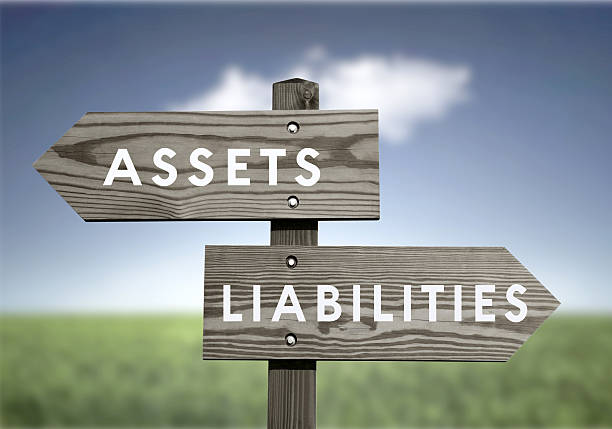Net worth is a financial metric that represents the difference between a company’s assets and liabilities. In other words, net worth is the amount by which assets exceed liabilities, and it is an important measure of a company’s financial health. In this article, we’ll explore the connection between assets, liabilities, and net worth, and discuss how understanding this relationship can help you make informed financial decisions.
What Are Assets?
Assets are resources that a company owns or controls and that have economic value. Examples of assets include cash, accounts receivable, inventory, equipment, and real estate. Assets are typically classified as either current or non-current.
Current assets are those that can be converted into cash within one year or less. Examples include cash, accounts receivable, and inventory. Non-current assets are those that have a useful life of more than one year. Examples include equipment, real estate, and long-term investments.
What Are Liabilities?
Liabilities are obligations that a company owes to others and that must be settled in the future. Examples of liabilities include accounts payable, loans, and accrued expenses. Like assets, liabilities are classified as either current or non-current.
Current liabilities are those that must be paid within one year or less. Examples include accounts payable, short-term loans, and accrued expenses. Non-current liabilities are those that are due in more than one year. Examples include long-term loans, mortgages, and bonds.
How Are Assets and Liabilities Connected to Net Worth?
Net worth is calculated by subtracting total liabilities from total assets. If a company’s assets exceed its liabilities, its net worth will be positive, indicating that it has a strong financial position. Conversely, if a company’s liabilities exceed its assets, its net worth will be negative, indicating that it has a weak financial position.
For example, let’s say that Company A has total assets of $500,000 and total liabilities of $200,000. To calculate its net worth, we would subtract its total liabilities from its total assets:
Net worth = Total assets – Total liabilities
Net worth = $500,000 – $200,000
Net worth = $300,000
In this example, Company A has a net worth of $300,000, which indicates that it has a strong financial position.
How Can Understanding the Relationship Between Assets, Liabilities, and Net Worth Help You Make Informed Financial Decisions?
Understanding the relationship between assets, liabilities, and net worth can help you make informed financial decisions by providing insight into a company’s financial health. By analyzing a company’s financial statements and calculating its net worth, you can assess its ability to meet its financial obligations and invest in its future growth.
For example, let’s say that you are considering investing in Company B. After analyzing its financial statements, you discover that it has a net worth of -$50,000, indicating that its liabilities exceed its assets. This suggests that Company B may be struggling financially and may not be a good investment opportunity.
Alternatively, let’s say that you are considering lending money to Company C. After analyzing its financial statements, you discover that it has a strong net worth of $1,000,000, indicating that it has a solid financial position. This suggests that Company C may be a good candidate for a loan and may be able to repay it in a timely manner.
Conclusion
In conclusion, net worth is an important financial metric that reflects the difference between a company’s assets and liabilities. By understanding the connection between assets, liabilities, and net worth, you can gain insight into a company’s financial health and make informed financial decisions. Whether you are considering investing in a company, lending money to a company, or managing your finances, understanding net worth can help you make the best possible decisions.



